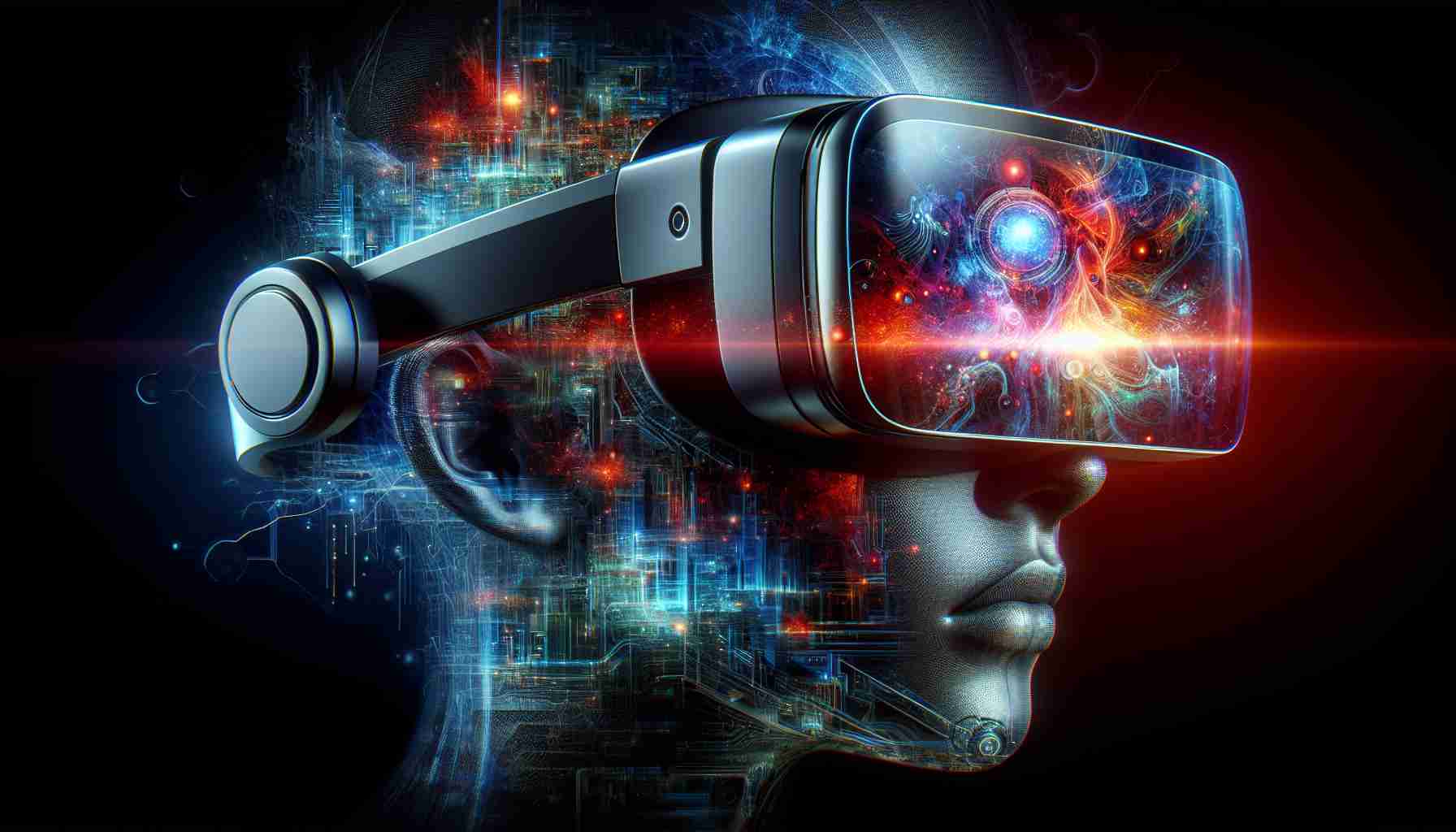Summary
Mixed reality glasses are cutting-edge devices that blend the physical and digital worlds seamlessly. These high-tech glasses offer users an immersive experience by overlaying virtual objects onto real-world environments. This article delves into the functionality, applications, and future prospects of mixed reality glasses, shedding light on this transformative technology.
Introduction
Mixed reality glasses, also known as augmented reality glasses, are wearables that enable users to interact with virtual objects in real-world settings. Equipped with cameras, sensors, and state-of-the-art image recognition technology, these glasses create an augmented environment where digital content can be seamlessly integrated into reality.
How Do Mixed Reality Glasses Work?
Mixed reality glasses utilize a combination of technologies such as depth sensors, cameras, and computer vision algorithms to understand the user’s surroundings and track their movements. By mapping physical spaces and overlaying virtual objects onto them, these glasses create a convincing mixed reality experience.
Unlike virtual reality (VR) headsets that transport users into completely digital environments, mixed reality glasses allow users to interact with both virtual and physical elements simultaneously. This hybrid approach makes them an ideal tool for various applications, from gaming to professional use cases.
Applications of Mixed Reality Glasses
Mixed reality glasses have a wide range of applications across diverse industries. Here are a few notable examples:
1. Gaming and Entertainment: Mixed reality glasses provide gamers with an immersive experience, allowing them to interact with virtual characters and objects in their real-world surroundings. They offer a more engaging and realistic gaming experience than traditional consoles or VR headsets.
2. Education and Training: Mixed reality glasses have the potential to revolutionize education and training by creating interactive learning environments. They enable students to visualize complex concepts and interact with virtual simulations, enhancing the learning process.
3. Design and Architecture: Architects and designers can use mixed reality glasses to visualize their creations in real-world spaces. These glasses allow them to overlay digital models onto physical environments, facilitating better design decisions and enhancing collaboration.
4. Healthcare: Mixed reality glasses can assist surgeons by providing real-time visual information during complex procedures. They can also aid in rehabilitation by creating virtual environments that simulate real-world scenarios for patients undergoing therapy.
5. Remote Assistance: Mixed reality glasses enable remote experts to provide real-time guidance and support to on-site technicians or field workers. By overlaying instructions and diagrams onto the user’s view, these glasses facilitate remote collaboration and troubleshooting.
The Future of Mixed Reality Glasses
Mixed reality glasses are still in their early stages, but they hold immense potential for the future. As technology continues to advance, we can expect these devices to become more compact, affordable, and feature-rich.
One of the major challenges in mixed reality glasses is achieving a wider field of view and realistic occlusion, where virtual objects integrate seamlessly with the real world. Researchers and developers are actively working on overcoming these limitations to provide users with a more immersive mixed reality experience.
The widespread adoption of mixed reality glasses is expected to open up new possibilities in various sectors, transforming industries, and revolutionizing the way we interact with digital content. As these devices become more commonplace, we can look forward to a future where the boundaries between the real and virtual worlds fade away.
FAQ
Q: Are mixed reality glasses the same as virtual reality (VR) headsets?
A: No, mixed reality glasses differ from VR headsets as they enable users to interact with virtual objects within their real-world surroundings, while VR headsets immerse users in entirely virtual environments.
Q: Can mixed reality glasses be used without a computer or console?
A: Yes, modern mixed reality glasses are often standalone devices that don’t require a computer or console to function. However, some applications may benefit from additional computing power.
Q: Are mixed reality glasses suitable for everyday use?
A: While mixed reality glasses are still evolving, they have the potential to become everyday wearables. As technology progresses and the devices become lighter, more comfortable, and offer longer battery life, they may become as commonplace as smartphones.
Q: Can mixed reality glasses harm eyesight?
A: When used responsibly and within recommended guidelines, mixed reality glasses do not pose a significant risk to eyesight. Nevertheless, it is advisable to take regular breaks and follow manufacturer instructions to ensure comfortable usage.
Sources:
– The Verge (www.theverge.com)
– CNET (www.cnet.com)
– TechCrunch (techcrunch.com)
The source of the article is from the blog karacasanime.com.ve
